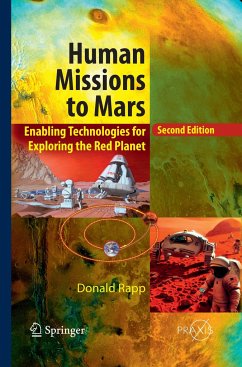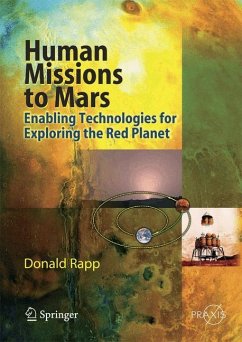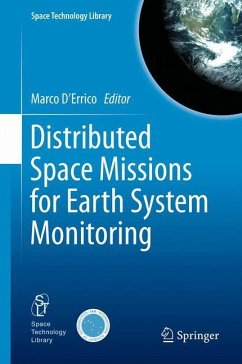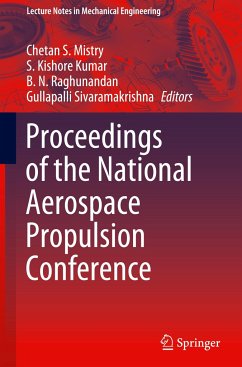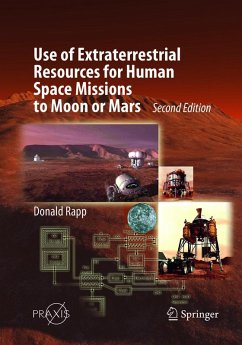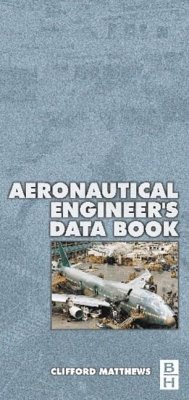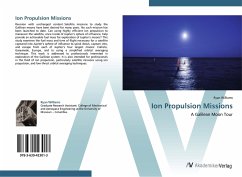
Ion Propulsion Missions
A Galilean Moon Tour
Versandkostenfrei!
Versandfertig in 1-2 Wochen
32,99 €
inkl. MwSt.

PAYBACK Punkte
16 °P sammeln!
Revision with unchanged content. Satellite missions to study the Galilean moons have been desired for many years. No such mission has been launched to date. Can using highly efficient ion propulsion to maneuver the satellite, once inside of Jupiter s sphere of influence, help provide an achievable fuel mass for exploration of Jupiter s moons? This study examines the fuel mass and time of flight necessary for a satellite captured into Jupiter s sphere of influence to spiral down, capture into, and escape from each of Jupiter s four largest moons: Callisto, Ganymede, Europa, and Io using a simpl...
Revision with unchanged content. Satellite missions to study the Galilean moons have been desired for many years. No such mission has been launched to date. Can using highly efficient ion propulsion to maneuver the satellite, once inside of Jupiter s sphere of influence, help provide an achievable fuel mass for exploration of Jupiter s moons? This study examines the fuel mass and time of flight necessary for a satellite captured into Jupiter s sphere of influence to spiral down, capture into, and escape from each of Jupiter s four largest moons: Callisto, Ganymede, Europa, and Io using a simplified orbital averaging technique. This work is addressed to professionals interested in exploration of the Galilean system. It is also intended for professionals in the field of ion propulsion, particularly satellite missions using ion propulsion, and low-thrust orbital averaging techniques.



